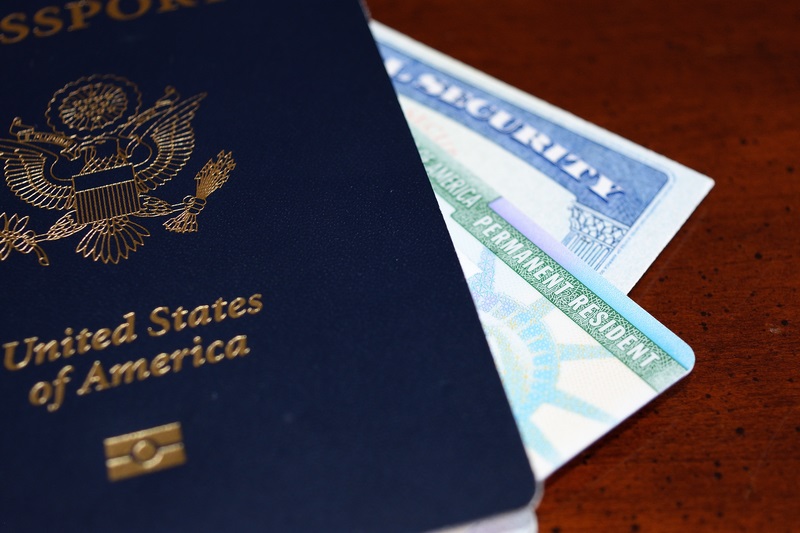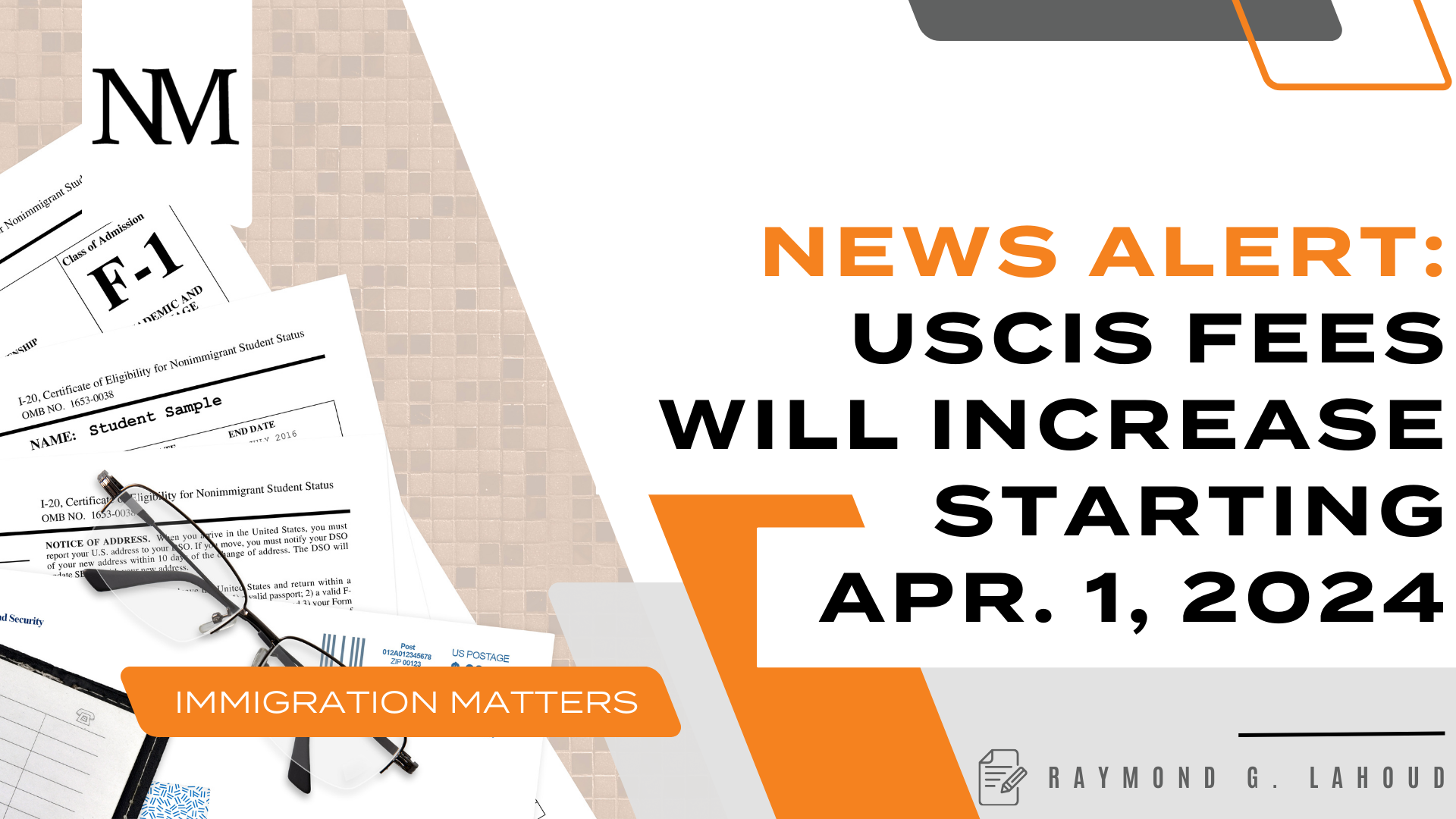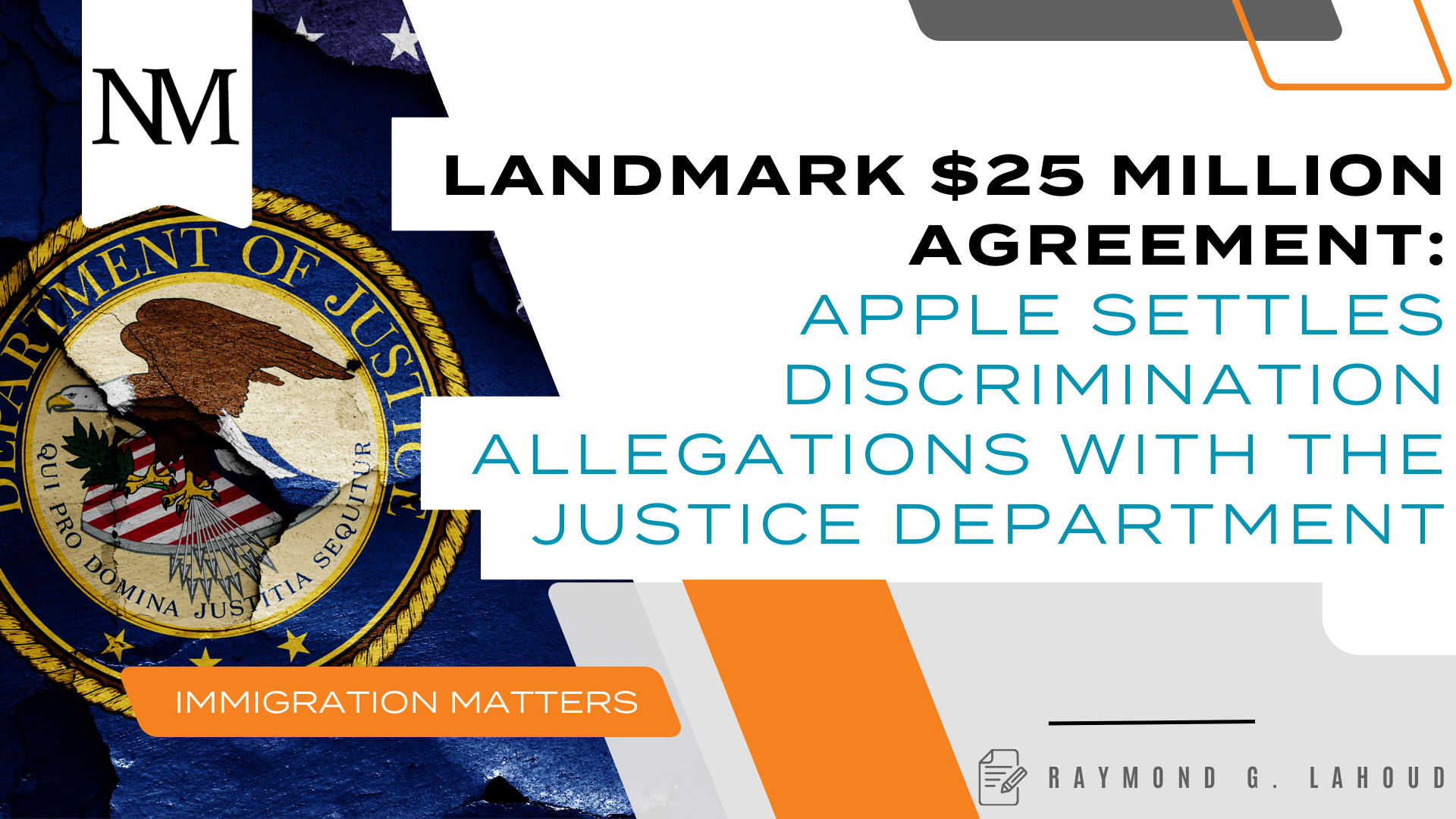As an Employer, What Do I Do If I Receive a “No-Match” Letter?

Early this year, the Social Security Administration (SSA) resumed the mailing of “No-Match” letters to employers that submit, through a Form W-2, at least one name and Social Security Number that fail to match SSA records.
What is a “No-Match” letter?
Through the No-Match letter, an employer is informed of the number of Form W-2s that reported mismatched information, and asked to register with the SSA’s electronic portal to learn which employee was flagged with mismatched information, and to provide corrections, if any, to SSA within 60 days of receipt of the No-Match letter.
Receiving a no-match letter does not necessarily require the employer to fire its employees, as some of the mismatches can be resolved. Employers should demand clarification and check to determine if there could be a trivial clerical error. Firing the employees might lead to federal or state labor law violations. The SSA also has a Social Security Number Verification Service through Business Service Online (BSO), which can be used to verify the name and SSN in the SSA records. The SSN and the name verification can be done in advance of filing the annual W-2 submissions.
Responding to a letter from Representative Jim Costa about the relaunch of SSA’s “No-Match” program, Acting SSA Director Nancy A. Berryhill wrote that nearly 600,000 employers have been served with “No-Match” letters so far this year, as part of a continuing effort to improve the wage reporting process and ensure employer wage reporting compliance. Berryhill noted that employers that have yet to receive “No-Match” letters despite reporting incorrect information to the Internal Revenue Service through Form W-2 will see the letters this fall, as SSA finalizes its review of last year’s employer reported wage information.
What should employers do?
While SSA does not have a direct information-sharing agreement with the Department of Homeland Security, employers should assume that all mismatched information is reported to federal immigration authorities. This is especially likely when the number of employees with inaccurate information is significant when identity theft is suspected, and simply as part of the current Administration’s increased immigration enforcement measures.
Further, an EDCOR notice should not be ignored. If the Immigration and Customs Enforcement (ICE) agents, during their auditing of I-9s, come to realize that an EDCOR notice was issued, it would act as constructive notice of unauthorized employment. The penalties for knowingly hiring or continuing to employ unauthorized workers are much more severe than for mere paperwork violations. Employers must be diligent and consistent with the handling of mismatches between employees and “their” Social Security Numbers.




